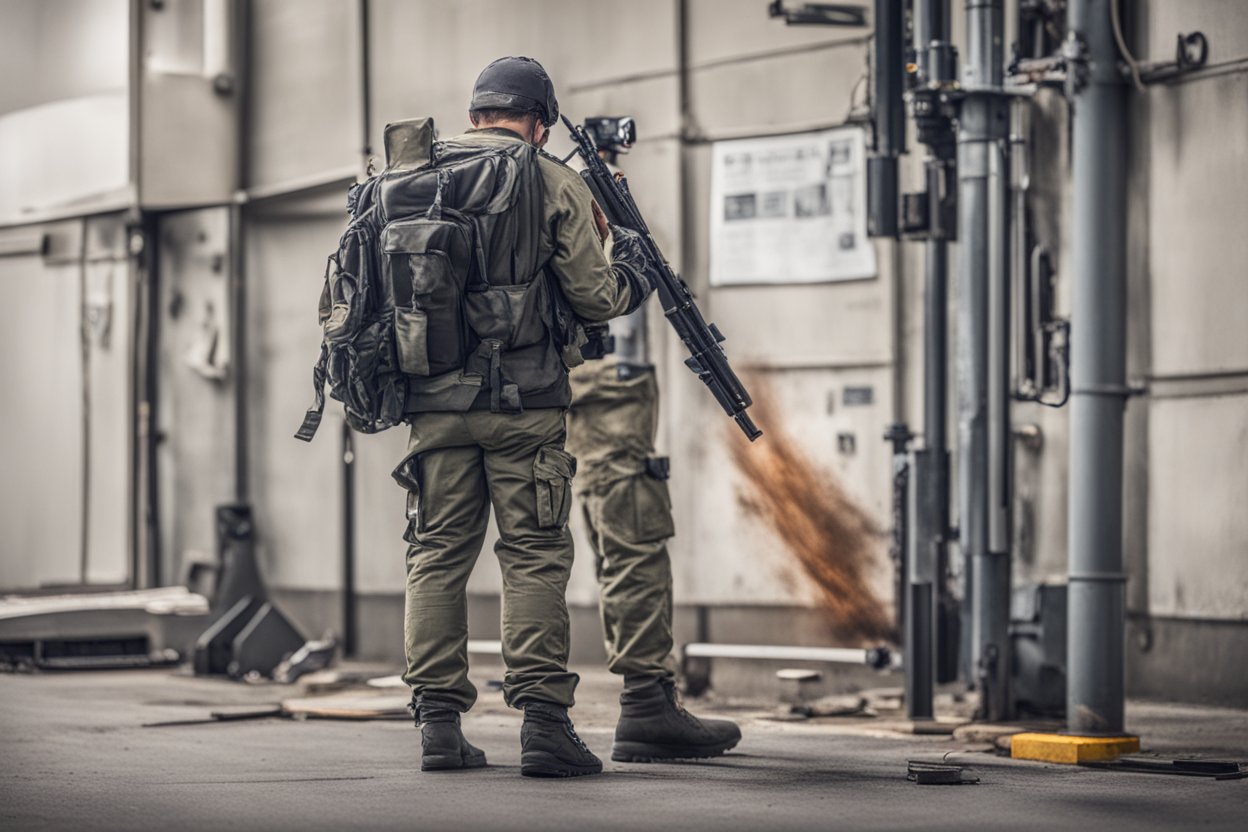The threat of ballistic trauma is growing as the number of firearms in circulation increases. Ballistic trauma is a type of physical injury caused by a bullet or other projectile, such as a fragment from an explosive device. It can range from minor to life-threatening, depending on the type of weapon used and the location of the wound.
The most common type of ballistic trauma is gunshot wounds, which can be caused by handguns, rifles, shotguns, and other firearms. These wounds can be fatal, depending on the type of weapon used and the location of the wound. In addition, the severity of the wound can be increased if the bullet is fired at close range.
The number of firearms in circulation has been steadily increasing over the past few decades, and this has led to an increase in the number of ballistic trauma cases. In the United States, there were over 39,000 firearm-related deaths in 2018, and this number is expected to continue to rise.
The risk of ballistic trauma is not limited to those who are directly involved in a shooting. In many cases, bystanders can also be injured by stray bullets or fragments from an explosive device. This is especially true in urban areas, where the risk of being caught in the crossfire is higher.
In addition to the physical trauma caused by a bullet, there can also be psychological trauma. Those who have been involved in a shooting or have witnessed one can suffer from post-traumatic stress disorder (PTSD) and other mental health issues.
The growing threat of ballistic trauma is a serious issue that needs to be addressed. Governments and law enforcement agencies need to take steps to reduce the number of firearms in circulation and to ensure that those who do possess firearms are properly trained in their use. In addition, more needs to be done to provide support to those who have been affected by ballistic trauma, both physically and psychologically.







Leave a Reply